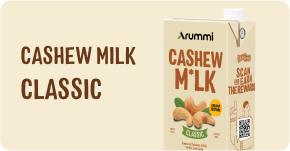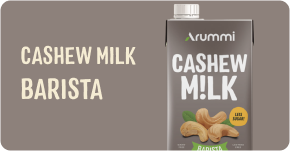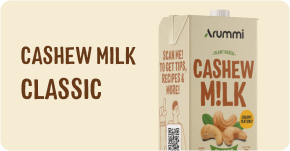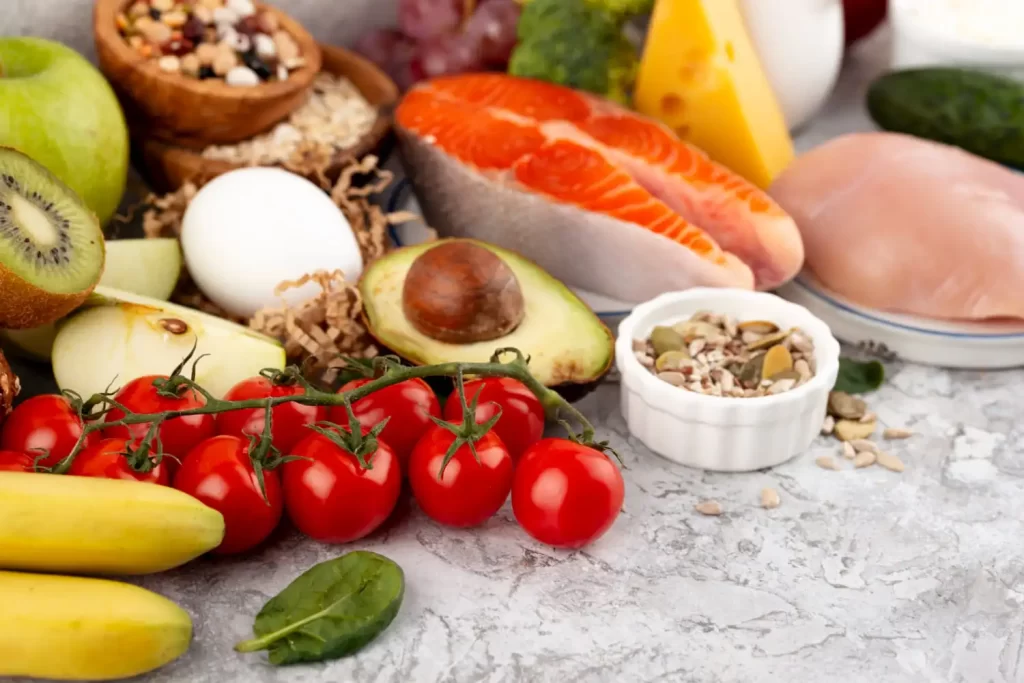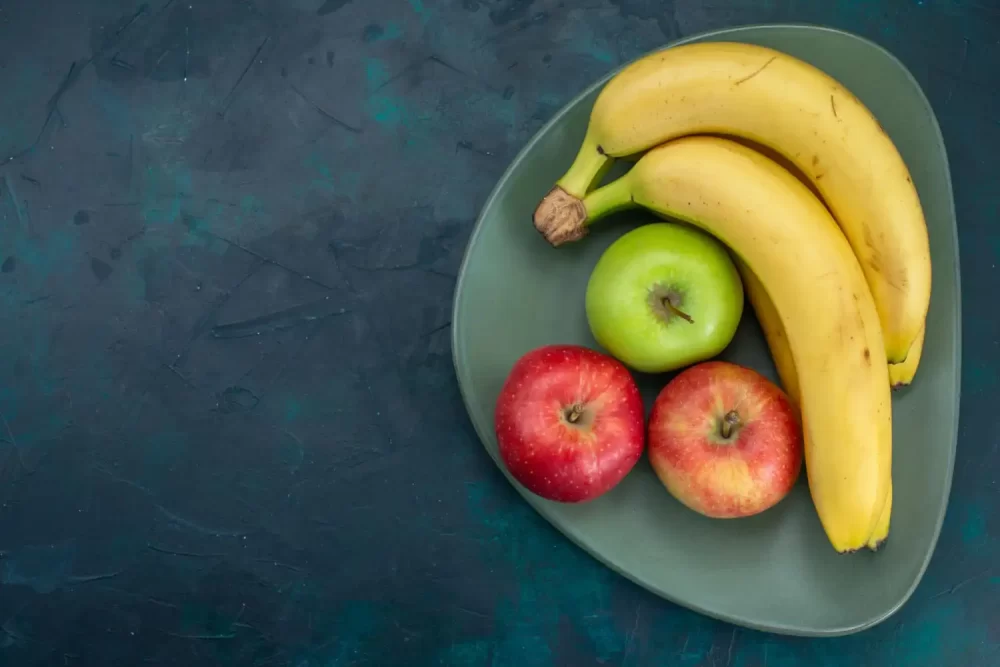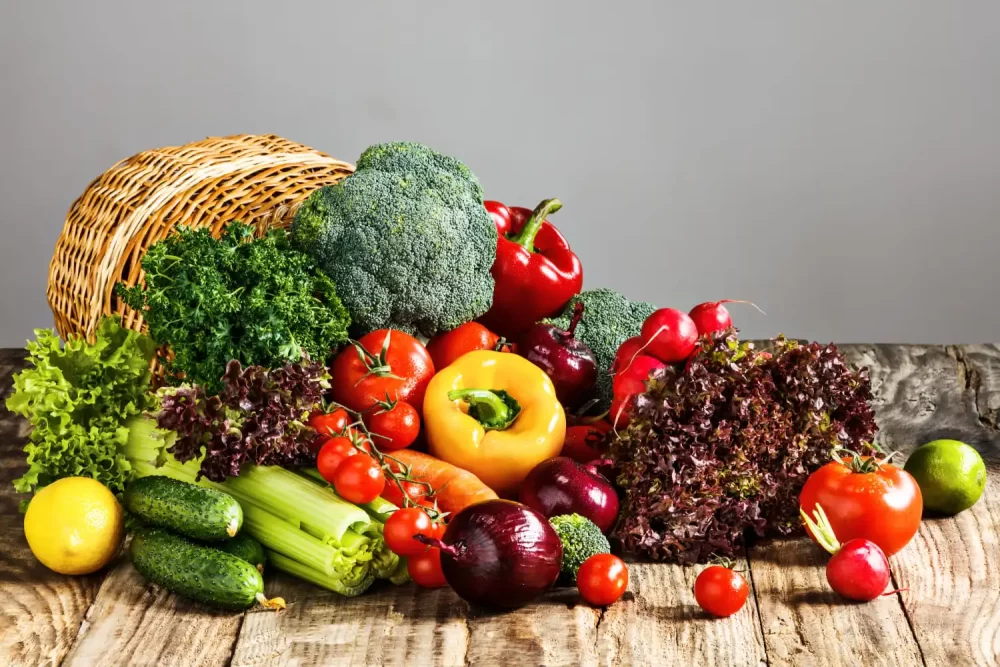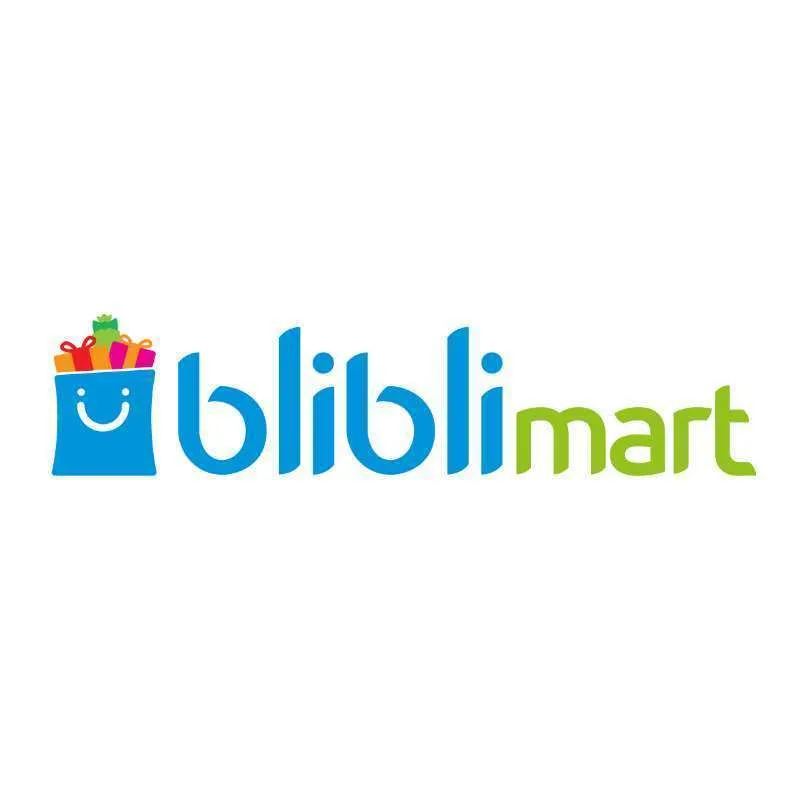Indicators to consider when choosing food include nutritional content, with a focus on its nutrients. Besides nutritional aspects, another factor to pay attention to is the glycemic load.
Do you know what a glycemic load is? Let’s explore this together! What is glycemic load, its impact on the body, and examples of foods with their glycemic loads?
What is Glycemic Load?
Glycemic load is a value indicating the impact of carbohydrate consumption on blood sugar levels.
The glycemic index and the amount of carbohydrates in food affect the glycemic load.
However, foods with a low glycemic index do not always have a low glycemic load, and vice versa. Foods with a low glycemic index can have a high glycemic load if consumed in large quantities.
Therefore, the amount of carbohydrate content and the portion size of the food consumed play a role in determining the glycemic load.
How to Calculate the Glycemic Load
Glycemic load can be determined using the following formula:
Glycemic load = glycemic index x amount of carbohydrates (grams) / 100
For example, in 100 grams of avocado, there are 9 grams of carbohydrates. The glycemic index of avocado is 10. So, its glycemic load is:
Glycemic load of avocado = 10 x 9 / 100 = 0.9.
Classification of Glycemic Load
After understanding how to calculate the glycemic load, it’s time to learn about the classification of the glycemic load.
Glycemic load is divided into three levels: low, moderate, and high. Here is the classification:
- Low: 0-10
- Moderate: 11-19
- High: 20 and above
Impact of Glycemic Load on Blood Sugar
Blood sugar levels in the body are influenced by several factors:
- Insulin levels
- How quickly the sugar in food is absorbed into the bloodstream
- How much sugar content is in the food consumed.
Glycemic load provides an overview of how food can affect blood sugar levels. The lower the glycemic load of food, the lower its impact on blood sugar and insulin levels.
Research indicates that foods with a low glycemic load, especially those high in fiber, can reduce the risk of cardiovascular disease and type 2 diabetes.
Therefore, if you are on a diet to control sugar intake, it’s essential to consider the glycemic load when choosing foods or beverages.
Various Foods with Their Glycemic Load
According to the Glycemic Index Guide, here are some examples of foods along with their glycemic load:
| Food Name | Glycemic Load |
| Avocado | 0,9 |
| Banana | 10,1 |
| Broccoli (fresh) | 0,5 |
| Carrot (fresh) | 2 |
| Chocolate | 29,9 |
| Chocolate Milk | 3,7 |
| Fresh Corn | 1,8 |
| Green Apple | 5 |
| Kiwi | 7,3 |
| Orange | 4,1 |
| Pasta | 15,4 |
| Red Beans | 18,4 |
| Cashews | 3,1 |
The Glycemic Load of Cashew Nuts
According to the table above, the glycemic load of cashew nuts is 3.1. This means that cashew nuts are classified as foods with a low glycemic load. The carbohydrate content in 100 grams of cashew nuts is 12.6.
However, if cashew nuts are processed by adding salty flavor enhancers, the glycemic load increases to 6.6. Meanwhile, the carbohydrate content in 100 grams of salty cashew nuts is 30 grams.
Sugar Content in Cashew Milk
If you want to enjoy a healthy snack with a low glycemic load, cashew nuts can be a good choice. However, you still need to pay attention to the portion size, don’t overconsume.
You can also consume processed cashew products with low sugar, such as cashew milk. In 170 ml of cashew milk, the sugar content is only 9 grams, and the total calories are 100 kcal.
In addition to being low in sugar, cashew milk is also low in calories, lactose-free, and contains various beneficial nutrients for the body.
Arummi’s Recommendation: Let’s Enjoy Arummi’s Low-Sugar Cashew Milk!
Nowadays, many people are switching to plant-based milk from cow’s milk, especially those with lactose intolerance. Among various plant-based milk options, cashew milk has gained significant attention.
If you’re looking for creamy, savory, and sweet cashew milk, Arummi’s product is the right choice. Besides consuming it directly, Arummi also offers variants suitable for mixing with food and drinks, such as Arummi barista for making coffee with milk.
Get Arummi cashew milk at your nearest marketplace or supermarket!



